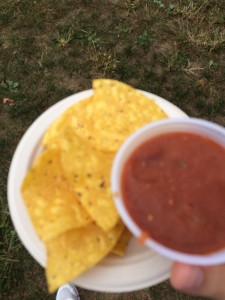“How do we Love” was an interesting discussion that brought up more questions than answers. Asides from looking at different kinds of love, I was perplexed by the idea of whether we choose to fall in love and take action, or if love is a feeling that we cannot control. Concepts like love and family are hard to define, and become more confusing the more I try to give them finite meanings.
While I don’t think I gained a deeper understanding of how I love, I think what was more beneficial was the format of the discussion. The two-hour duration may have been too much for a regular basis, but I hope this kind of intimate conversation can occur more often. We set up an agreement of trust, and were free to say what was on our minds. This Rose Scholars event was the one where I most felt that I was bonding with other people in the program. The best moments were when we stopped looking at our discussion leader, and looked at each other and kept the conversation rolling.




